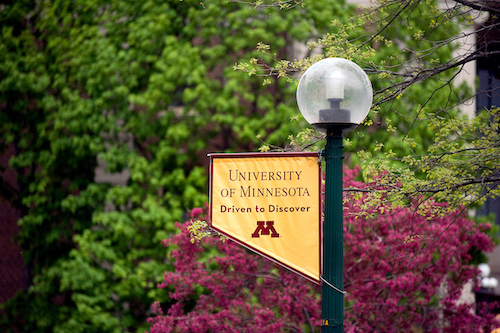
COG AREN1921 - Treatment of Newly Diagnosed Diffuse Anaplastic Wilms Tumors (DAWT) and Relapsed Favorable Histology Wilms Tumors (FHWT)

This phase II trial studies how well combination chemotherapy works in treating patients (≤ 30 years old) with newly diagnosed stage II-IV diffuse anaplastic Wilms tumors (DAWT) or favorable histology Wilms tumors (FHWT) that have come back (relapsed).This trial may help doctors find out what effects, good and/or bad, regimen UH-3 (vincristine, doxorubicin, cyclophosphamide, carboplatin, etoposide, and irinotecan) has on patients with newly diagnosed DAWT and standard risk relapsed FHWT (those treated with only 2 drugs for the initial WT)and regimen ICE/Cyclo/Topo (ifosfamide, carboplatin, etoposide, cyclophosphamide, and topotecan) has on patients with high and very high risk relapsed FHWT (those treated with 3 or more drugs for the initial WT).
• patients must be =< 30 years old at study enrollment
• patients with newly diagnosed stages 2 - 4 diffuse anaplastic Wilms tumor and have received an initial risk assignment showing DAWT or patients with relapsed favorable histology Wilms tumor
• see link to clinicaltrials.gov for complete Inclusion and Exclusion criteria
• patients with a history of bilateral Wilms tumor
• patients with any uncontrolled, intercurrent illness
• female patients who are pregnant or breastfeeding
Cancer
Kidney Wilms Tumor, Wilms tumors